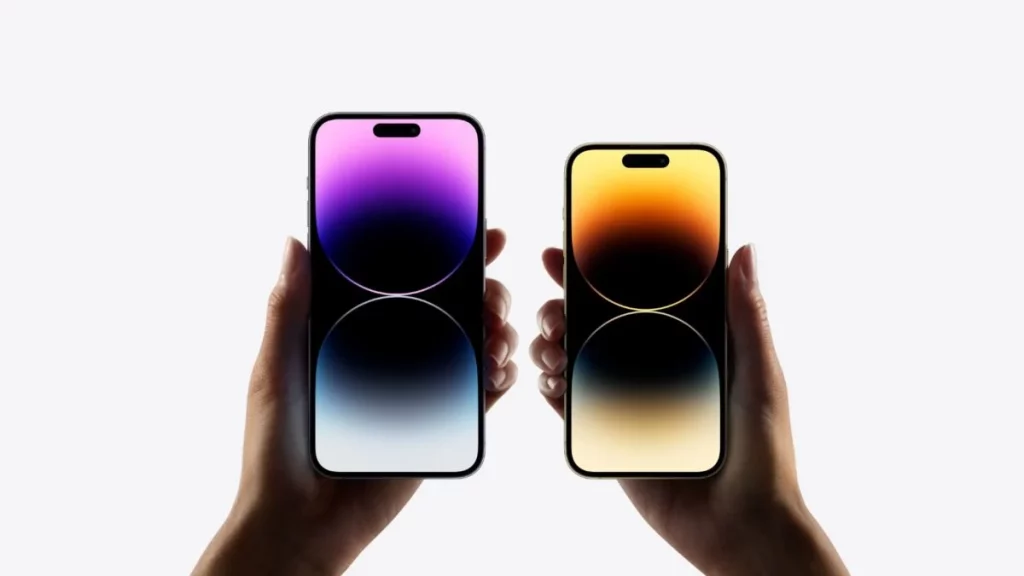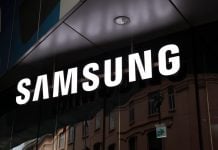Apple released the iPhone 14 series in last September, which with a lot of features. One of the standout features of these devices was the use of OLED displays manufactured by LG and Samsung Display. According to recent reports, Samsung used an additional inkjet printing process in the production of these displays in order to protect them from moisture and oxygen. Here are the details…
Samsung’s inkjet process protects iPhone 14 Pro’s display from moisture
This process involved the use of inkjet equipment after the thin film encapsulation (TFE) process, which is normally used to protect OLED screens from moisture and oxygen. The additional inkjet equipment was used to create a separation between the hole in the display and the rest of the OLED panel, as well as to flatten areas with uneven heights.

The use of inkjet equipment in this way is a departure from Samsung‘s previous production methods, which only involved the use of inkjet equipment during the TFE process. It is believed that Apple requested the use of the inkjet printing method in order to seal the edges of the Dynamic Island, a feature of the iPhone 14 Pro’s display. Samsung Display’s subsidiary, SEMES, supplied the inkjet equipment used in the process.
LG Display, which also produced OLED displays for the iPhone 14 Pro Max, is said to have applied the same method. It was reported that LG encountered some difficulties in meeting Apple’s requirements for the iPhone 14 Pro Max display, but these issues seem to have been resolved. The iPhone 14 Pro lineup consists of two models: the 6.1-inch Pro and the 6.7-inch Pro Max, with Samsung supplying OLED displays for both models and LG supplying the display for the 6.7-inch Pro Max model.
It is worth noting that Samsung Display has previously used inkjet equipment to apply a Micro Lens Array (MLA) to smartphone OLED displays, including the Galaxy S21 Ultra. However, it is believed that this equipment has not been used for MLA since then, and may have been repurposed for other purposes.
Overall, the use of inkjet equipment in the production of the OLED displays for the iPhone 14 Pro lineup represents a significant shift in Samsung’s manufacturing process. The addition of this equipment was reportedly necessary in order to meet Apple’s requirements for the Dynamic Island feature and to ensure the durability and lifespan of the displays. It will be interesting to see if this method is continued in future iPhone models or if it remains unique to the iPhone 14 Pro lineup.
RELATED:
- Samsung unveils Galaxy Book2 Pro 360 with Snapdragon 8cx Gen 3
- Samsung Galaxy A34 Appears on Geekbench with Dimensity 1080 SoC
- Lenovo IdeaPad Slim 5i 14 / 16 laptops with Intel Raptor Lake CPUs announced
- Samsung Unveils Bespoke Refrigerator Family Hub Plus with Large Screen at CES 2023
- Samsung might launch next-gen Galaxy Book laptops alongside the Galaxy S23 series
(source)







